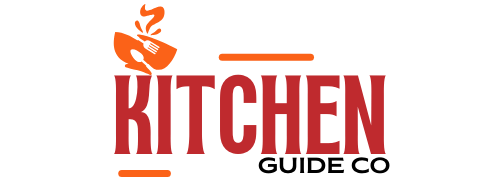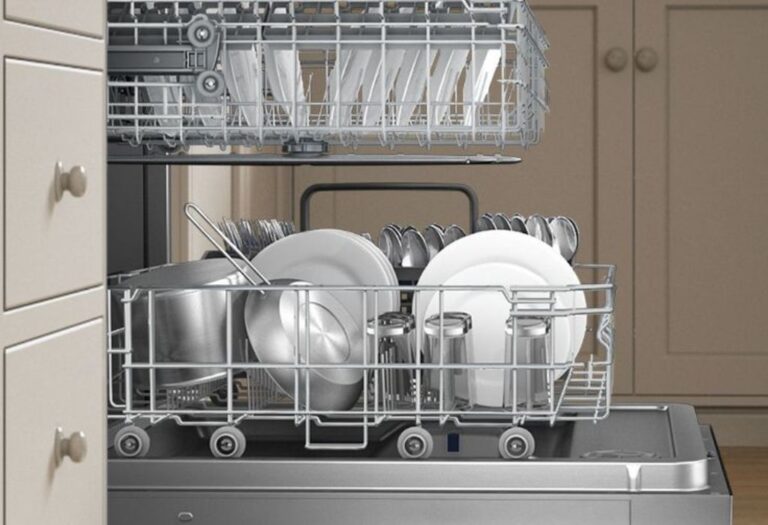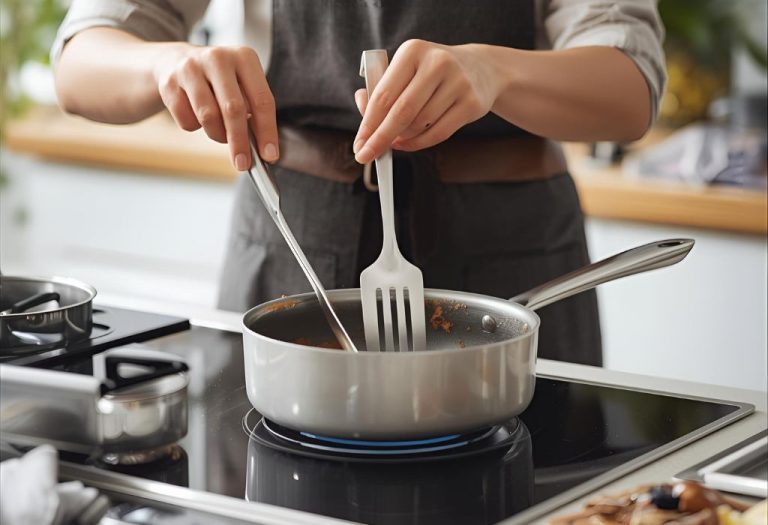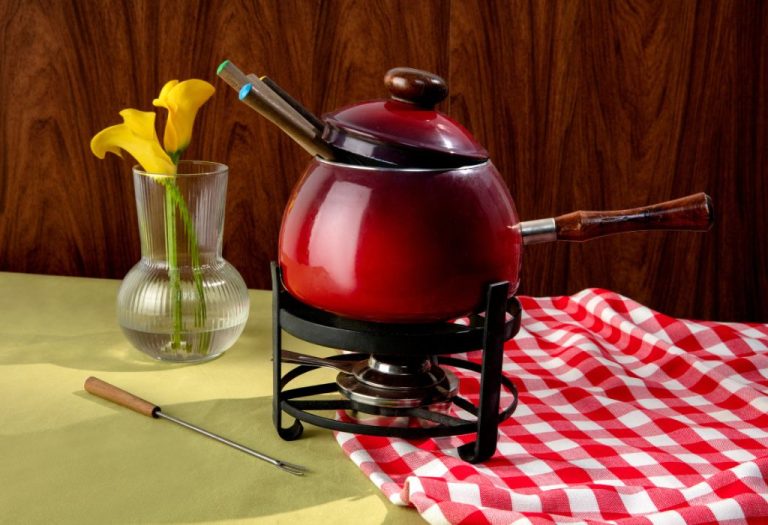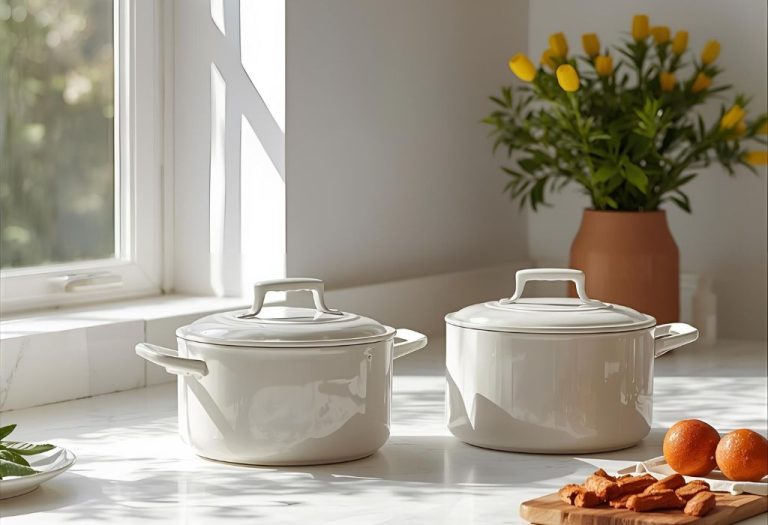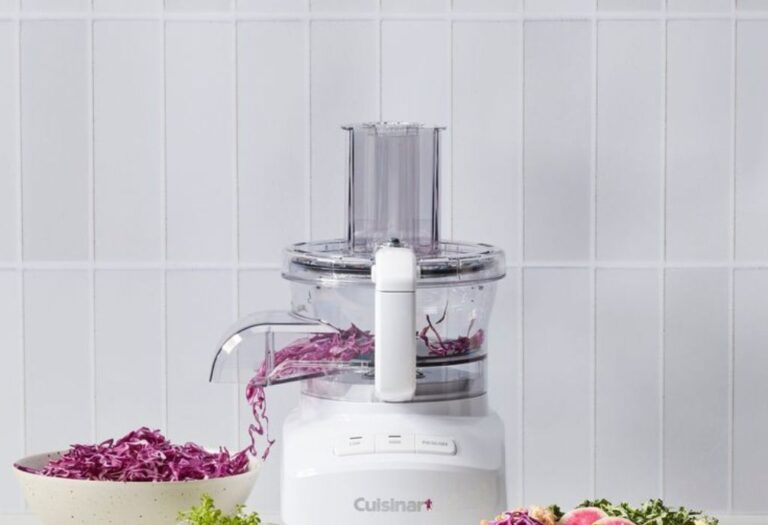It only took a second.
A curious little hand reached up toward the stove, drawn by the smell of boiling soup. Luckily, the pot handle was turned inward, and disaster was avoided.
According to the Centers for Disease Control and Prevention (CDC), more than 67,000 children under the age of 5 are treated in emergency rooms each year for kitchen-related injuries. These accidents range from burns and cuts to choking and poisoning.
Preschoolers are naturally curious and eager to explore. That curiosity is a wonderful part of their growth — but in the kitchen, it can be dangerous without the right precautions.
In this guide, you’ll learn how to spot hidden kitchen hazards, childproof your space, teach safe habits, and respond quickly if an accident happens.
Why Kitchen Safety Is Crucial for Preschoolers
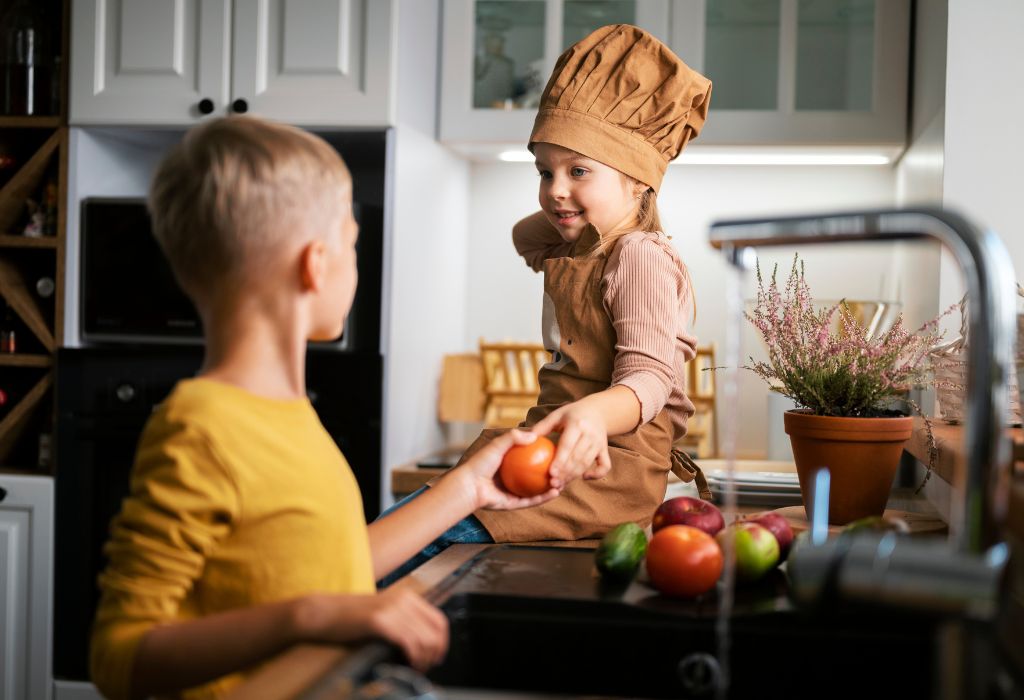
Preschoolers don’t recognize danger the way adults do. They move quickly, explore fearlessly, and often act before thinking.
The kitchen is full of hazards — hot surfaces, sharp tools, heavy objects, and cleaning chemicals — all of which can cause serious harm in seconds.
Burns from boiling water, cuts from broken glass, and falls from slippery floors are among the most common injuries. The emotional impact on both children and parents after an accident can be just as lasting as the physical injury.
Identifying Common Kitchen Hazards for Preschoolers
Hot Surfaces and Liquids
Stovetops, ovens, kettles, and even mugs of hot tea can cause serious burns.
Steam is especially dangerous — it can burn skin faster than boiling water.
Sharp Tools and Utensils
Knives, graters, peelers, and scissors are often stored in accessible drawers.
Broken glass from dropped dishes also poses a cutting hazard.
Choking Hazards
Small foods like grapes, nuts, popcorn, or hard candies can block airways.
Loose appliance parts, bottle caps, or small kitchen tools can be equally dangerous.
Chemical and Cleaning Products
Dishwashing liquid, bleach, and oven cleaners are highly toxic if swallowed.
Even natural cleaners can cause irritation or illness if ingested.
Falls and Clutter Risks
Spilled water, cooking oil, or scattered toys can turn the kitchen floor into a slipping hazard.
Dangling cords from appliances can be pulled down, bringing heavy items with them.
Practical Kitchen Safety Tips for Preschoolers
Establish a Child-Free Zone
Mark a clear “no-go” area around cooking zones using bright floor tape or mats.
Teach preschoolers that this area is only for adults when cooking is in progress.
Use Stove and Oven Safety Measures
Turn pot handles toward the back of the stove.
Install stove guards and oven locks to keep curious hands away from heat.
Secure Sharp and Breakable Items
Use drawer and cupboard safety locks to keep dangerous tools out of reach.
Store knives and fragile dishes on higher shelves.
Safe Food Handling for Preschoolers
Assign safe, age-appropriate kitchen tasks like washing vegetables or mixing cold ingredients.
Supervise them closely to teach safe behavior from the start.
Preventing Burns from Hot Liquids
Place mugs and bowls of hot liquids far from table edges.
Avoid using tablecloths toddlers can pull on.
Childproofing Essentials for Kitchens
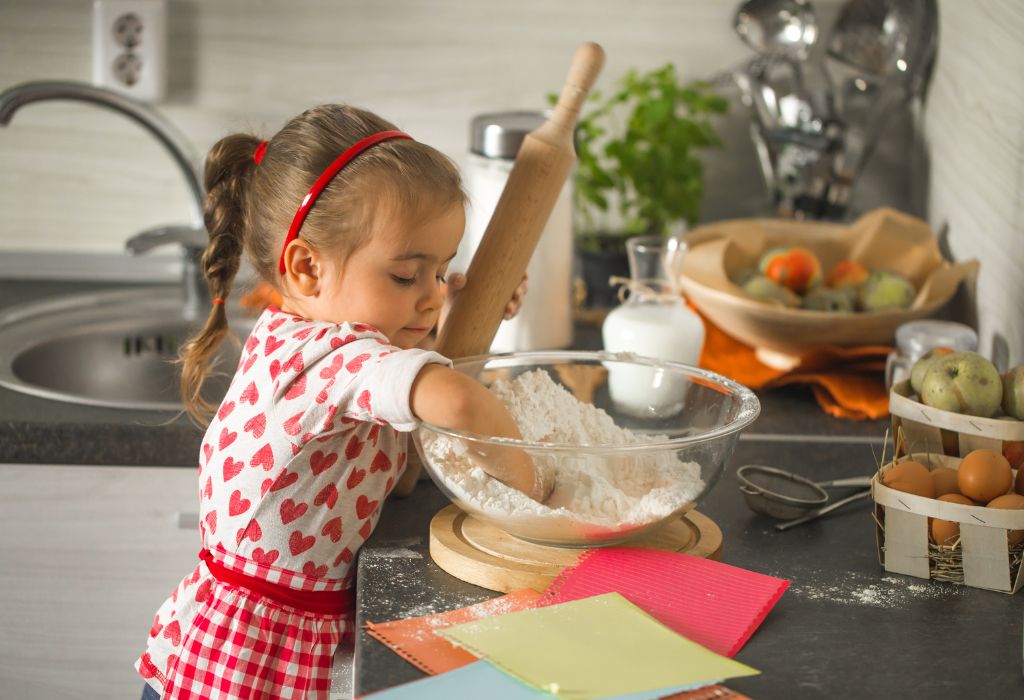
Cabinet and Drawer Safety Locks
Choose from magnetic, adhesive, or mechanical locks depending on your needs.
Install locks on cabinets containing cleaning products, knives, or heavy cookware.
Corner Guards and Edge Protectors
Attach soft guards to sharp countertop corners to prevent head injuries.
Appliance Locks
Use safety locks for microwaves, ovens, dishwashers, and refrigerators to prevent unsupervised access.
Non-Slip Rugs and Mats
Place non-slip mats near sinks and cooking areas to reduce fall risk.
Teaching Kitchen Safety Habits Early
Explain dangers in simple, clear language. For example, “The stove is hot, and it can hurt you.”
Turn rules into fun songs or games so they’re easier for preschoolers to remember.
Praise and reward children for safe kitchen behavior.
When Accidents Happen: First Aid Basics
Minor Burns
Cool the burn under running water for 10–20 minutes.
Cover with a sterile dressing and seek medical care if blistering occurs.
Small Cuts
Clean the wound with mild soap and water.
Apply antiseptic and a bandage, and monitor for signs of infection.
Choking Response
If the child can cough, encourage them to continue.
If breathing is blocked, perform the Heimlich maneuver (if trained) and call emergency services.
FAQs
What is the safest stove type for homes with preschoolers?
Induction stoves are safest because the surface stays cooler than gas or electric coils.
At what age can kids help with cooking?
Preschoolers can start with simple, cold-food tasks under constant supervision.
Are childproof locks enough to keep kids safe?
They help greatly but should be combined with active supervision.
How do I keep my child from playing with kitchen appliances?
Unplug appliances when not in use and store them in locked cabinets.
What kitchen activity is safest for preschoolers?
Washing vegetables, stirring batter, or setting napkins on the table.
Conclusion
Kitchen safety for preschoolers starts with awareness, prevention, and supervision.
By identifying hazards, childproofing your space, and teaching safe habits early, you can prevent most accidents before they happen.
A safe kitchen not only protects your child but also builds their confidence to explore, learn, and help in ways that are safe and fun.
I’m Emma J. Caldwell, the founder, lead writer, and home-cooking enthusiast behind KitchenGuideCo.com. With a background in culinary arts and over a decade of cooking experience in both professional and personal kitchens, I created this platform to demystify recipes, offer smart kitchen gadget reviews, and guide readers through meal prep with confidence and clarity.
